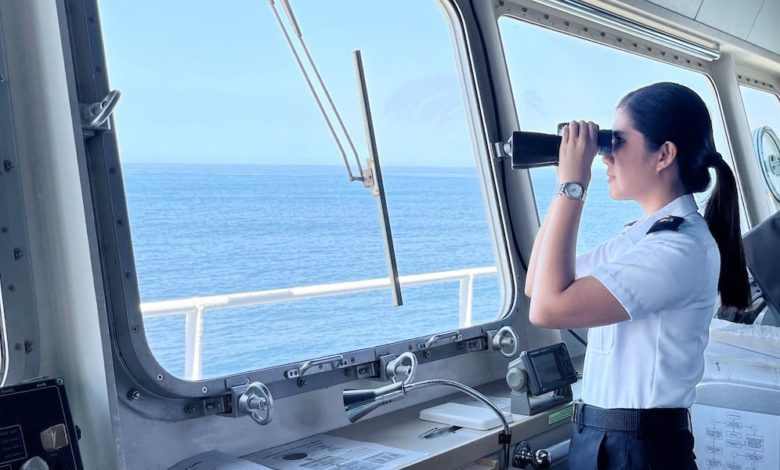Tricky stats for shipping on International Women’s Day

Today marks International Women’s Day, a moment to reflect once again on the extraordinary dominance men hold within the shipping industry. Nevertheless, there are signs that maritime is becoming a better, more aspirational place for women to work in.
According to the International Maritime Organization (IMO), women make up 29% of the maritime workforce across different subsectors, though still just 2% of seafarers are female.
There is also a sizeable pay disparity in shipping, with data from HR consultancy Spinnaker showing the salary gap between men and women is approximately 40%.
The 2022 annual review from the Diversity Study Group published last December showed progress with women starting to break through in greater numbers below the C-suite level, where 17.9% of last year’s respondents were women. Women comprise 23.8% of heads of department, an increase from just 12.3% in 2021. In 2022, 38.3% of those at the team leader level were women, up from 29% in 2021.
Teresa Peacock, managing director at Spinnaker, commented: “The good news is that there are actionable steps that companies can take to bridge the gap and give female employees the recognition they deserve on the road to a more equitable industry.”
According to Peacock, much of this comes down to the recruitment process. Using neutral, non-gender biased language in job descriptions, having a diverse interview panel that decide on eventual hires and improving salary transparency in job adverts by advertising salary bands can help, according to Spinnaker.
“It’s important to make shipping an attractive industry for women throughout their career stages, offering flexibility and continuous professional development, for example. Building a strong female talent pipeline at all levels helps to keep women in the sector as well as highlights the opportunities for career growth,” Peacock said.
